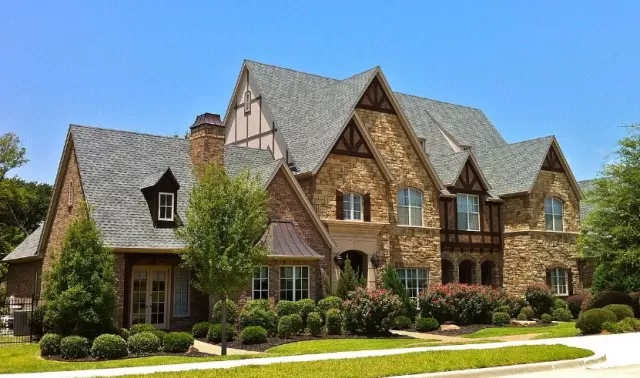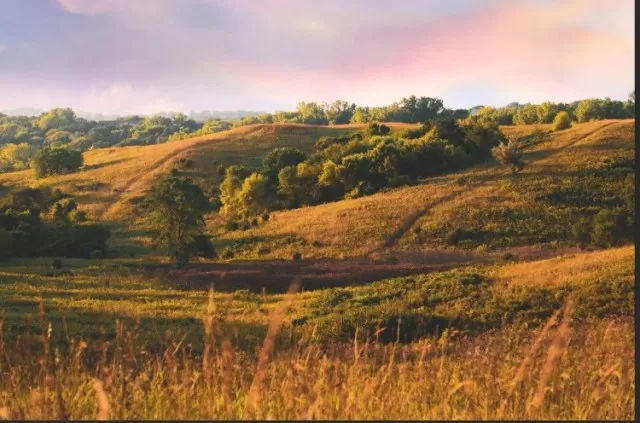Architectural Home Styles You Should Be Familiar With. Whether you’re on the brink of buying your first home, gearing up for a future move, or simply daydreaming about your ideal living space, having a clear understanding of your preferences is essential. While elements like porches, tall ceilings, hardwood floors, big windows, and two-car garages may seem like straightforward considerations, it’s crucial to recognize that design features aren’t the only factors to ponder. Understanding the distinctions among various architectural styles is equally important to make informed decisions when navigating the real estate market.
To help you delve deeper into the world of home design and architecture, it’s essential to grasp the differences between a wide array of styles, from bungalows to Spanish revivals. This knowledge not only broadens your perspective but also equips you with the insights needed to make sound choices when it comes to your future home. So, whether you’re a seasoned homebuyer or just beginning your journey, our guide to common architectural styles is a valuable resource to help you navigate the world of real estate more intelligently.
Tudor Style Homes: A Glimpse into Medieval Elegance

Drawing inspiration from the medieval European architectural heritage, Tudor homes, often affectionately referred to as English cottages, showcase a distinct character defined by their unique features.
These homes typically boast steeply-pitched gable roofs, a sturdy brick façade, generously tall windows that invite ample light, and a half-timbered structure. The half-timbering, characterized by exposed wooden frames filled in with stucco or masonry, adds a touch of rustic charm and elegance to these timeless residences.
Embracing a rich historical legacy, Tudor homes stand as a testament to the enduring allure of medieval design.
Gothic Revival: An Eclectic Tribute to Medieval Elegance
While Gothic architecture harkens back to the design of European cathedrals constructed before the 16th century, Gothic Revival emerged as an eclectic architectural style in the United States during the mid-19th century.
It is characterized by a fascinating blend of features, including steeply pitched roofs and gables, pointed-arch windows and door frames, leaded glass, and welcoming front porches.
Yet, the most distinctive aspect of Gothic Revival is the intricate decorative woodwork that embellishes the gables and various architectural lines.
This ornate woodwork adds a touch of grandeur and opulence to the style, making it particularly appealing to those with maximalist tastes and a passion for Victorian aesthetics. Gothic Revival serves as a captivating tribute to the elegance of medieval architecture, encapsulating a unique period of American architectural history.
Prairie Style Homes: A 20th Century Architectural Gem

Prairie-style homes, born in the early 20th century, stand as a distinctive architectural style that occasionally gets mistaken for modern architecture.
These homes exhibit a unique set of characteristics and features that set them apart. They are known for their strong horizontal orientation, long and low profiles, and a preference for geometric shapes such as squares and rectangles.
Prairie-style homes often incorporate cantilevered projections and terraces, adding depth and visual interest to their designs.
In keeping with their name, these houses frequently feature natural building materials like wood, brick, and stone for their exteriors, allowing them to harmoniously blend with the surrounding natural environment.
Prairie style architecture is a celebration of clean lines, geometric precision, and an affinity for connecting with the beauty of the outdoors.
Ranch Style Homes: A Distinctly American Architectural Tradition
Emerging in the early 1900s within the United States and reaching its zenith in popularity during the mid-1900s, the ranch architectural style is a quintessential American design.
Characterized by its simplicity, ranch-style homes are known for their fundamental features. They typically comprise a single-story structure with a low-pitched roofline, generous overhanging eaves, and often an attached garage.
While the original ranch style homes were modest and unadorned, this architectural tradition has evolved over the years to encompass more elaborate features and exterior embellishments.
The enduring appeal of ranch-style homes lies in their open floor plans and single-story convenience, qualities that continue to be highly sought after by many, making this style a timeless favorite among homeowners.
French Modern: A Contemporary Fusion of Elegance and Innovation

French Modern is a captivating architectural style that reimagines traditional French design by seamlessly integrating modern elements.
This unique home style marries the classic elegance of French architecture with a host of contemporary features. Key characteristics of French Modern homes include symmetrical gable roofs and the creative use of diverse materials, such as stone, brick, stucco, and wood siding, to construct a visually textured exterior.
But the charm of French Modern goes beyond aesthetics.
These homes are renowned for their emphasis on natural light, with large windows that create a connection to the outdoors. Furthermore, French Modern architecture often incorporates expansive sliding glass doors and open floor plans, dissolving the boundaries between indoor and Outdoor Spaces and forging a harmonious link between the interior and the exterior.
French Modern is a masterful blend of timeless allure and cutting-edge design.
*The information is for reference only.